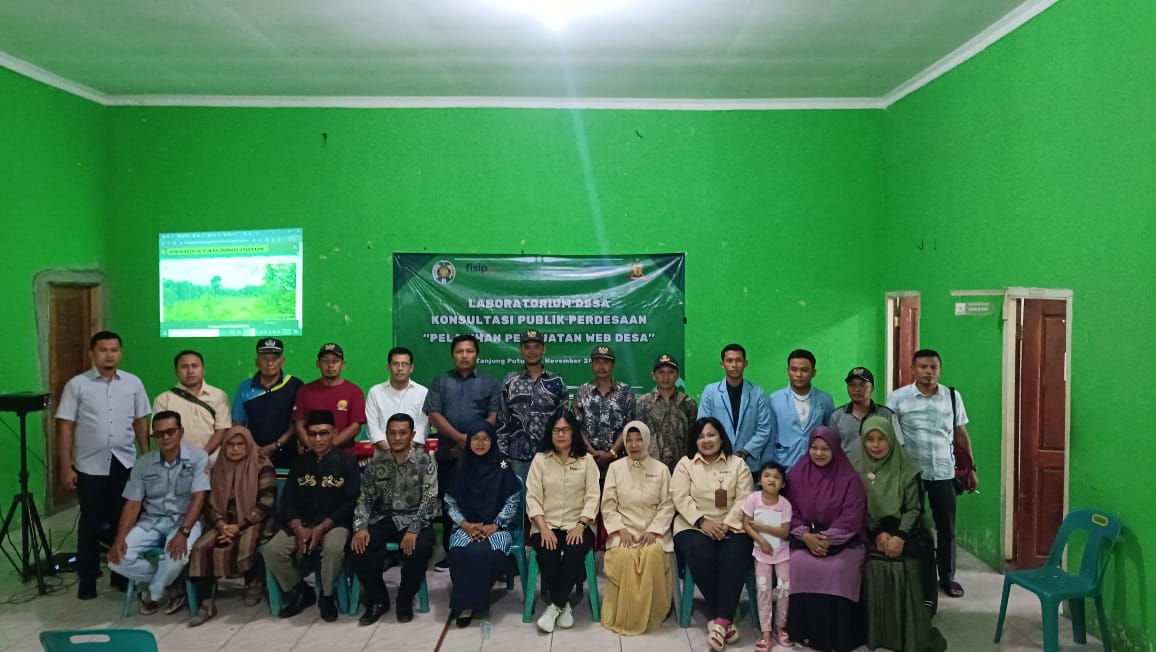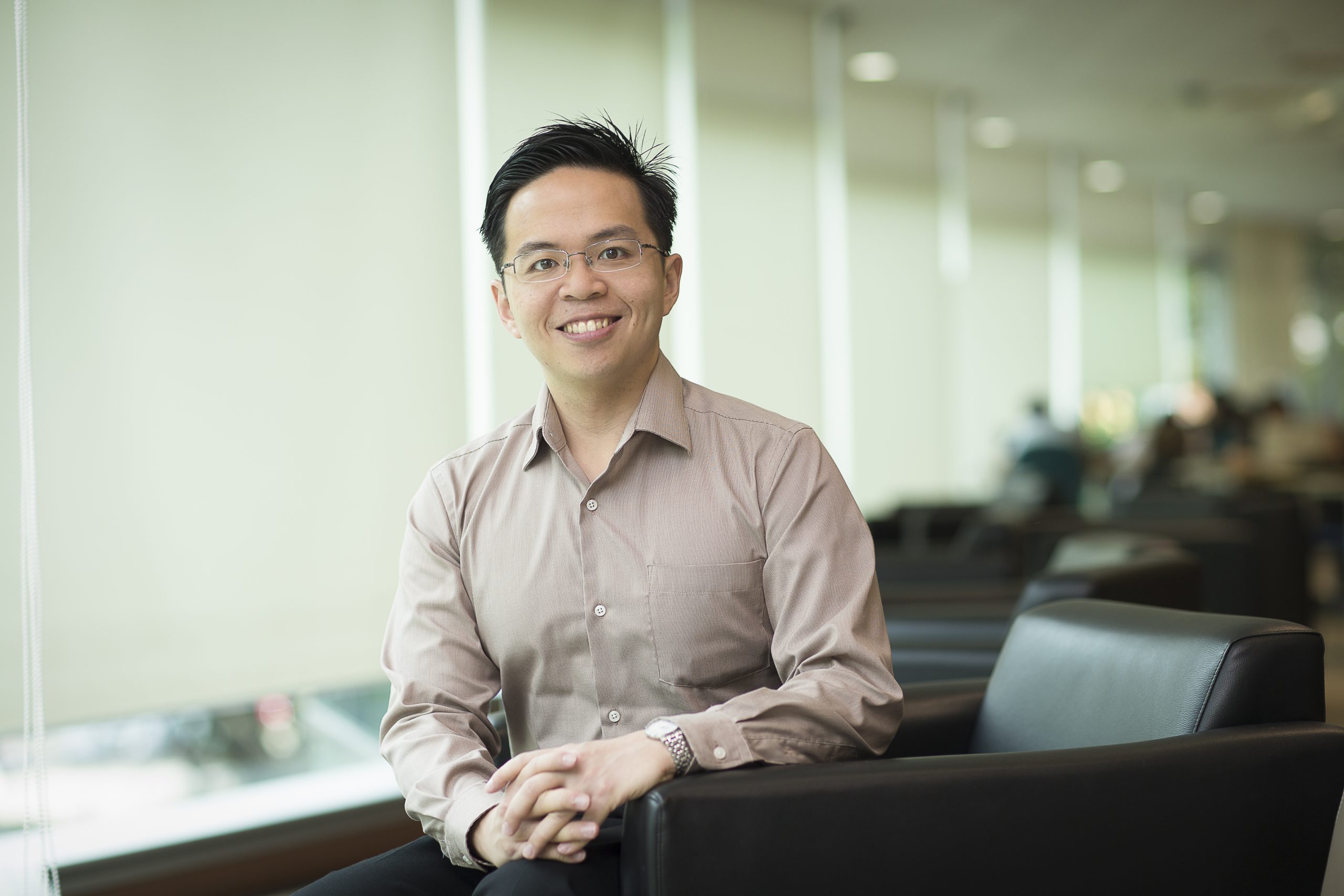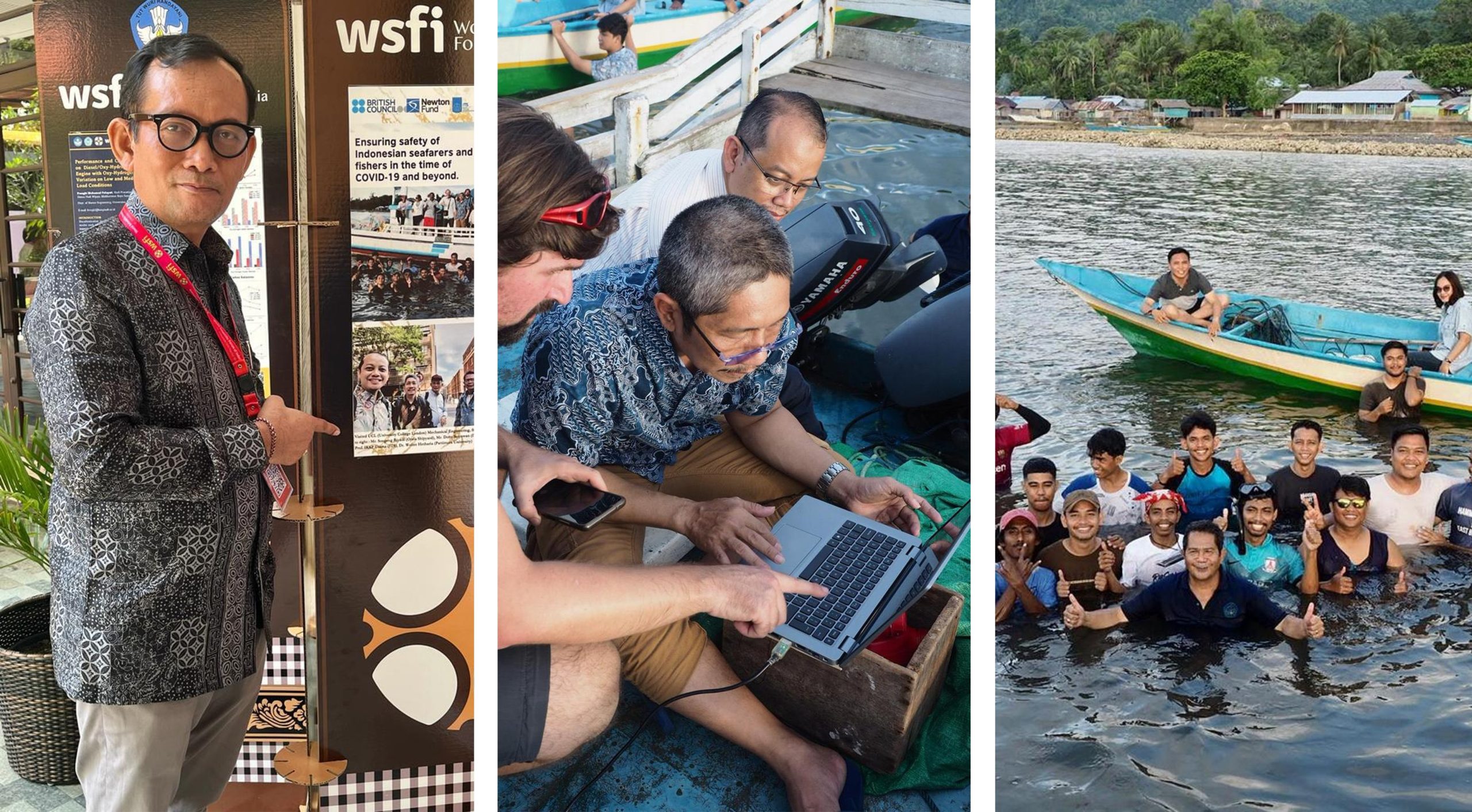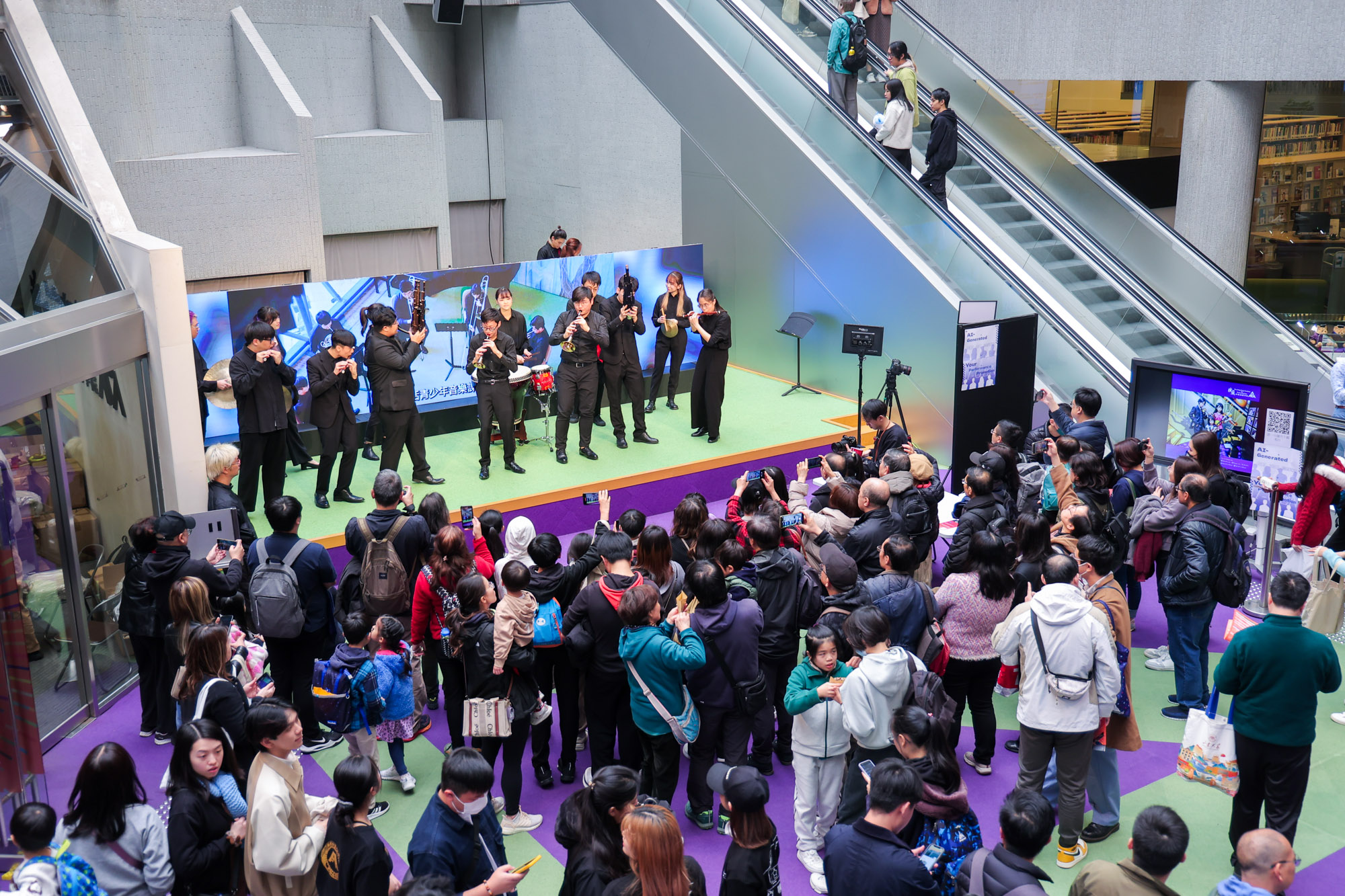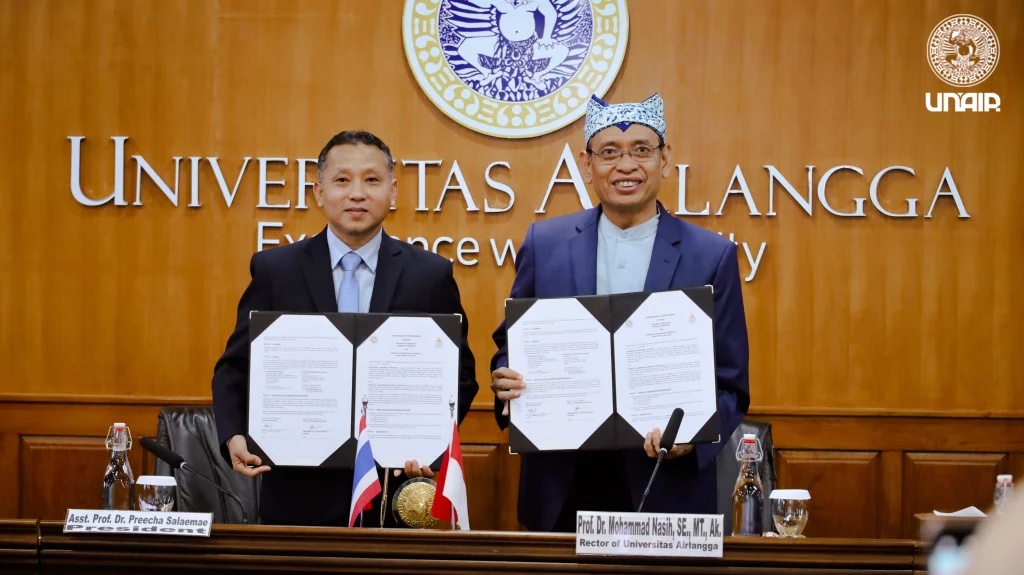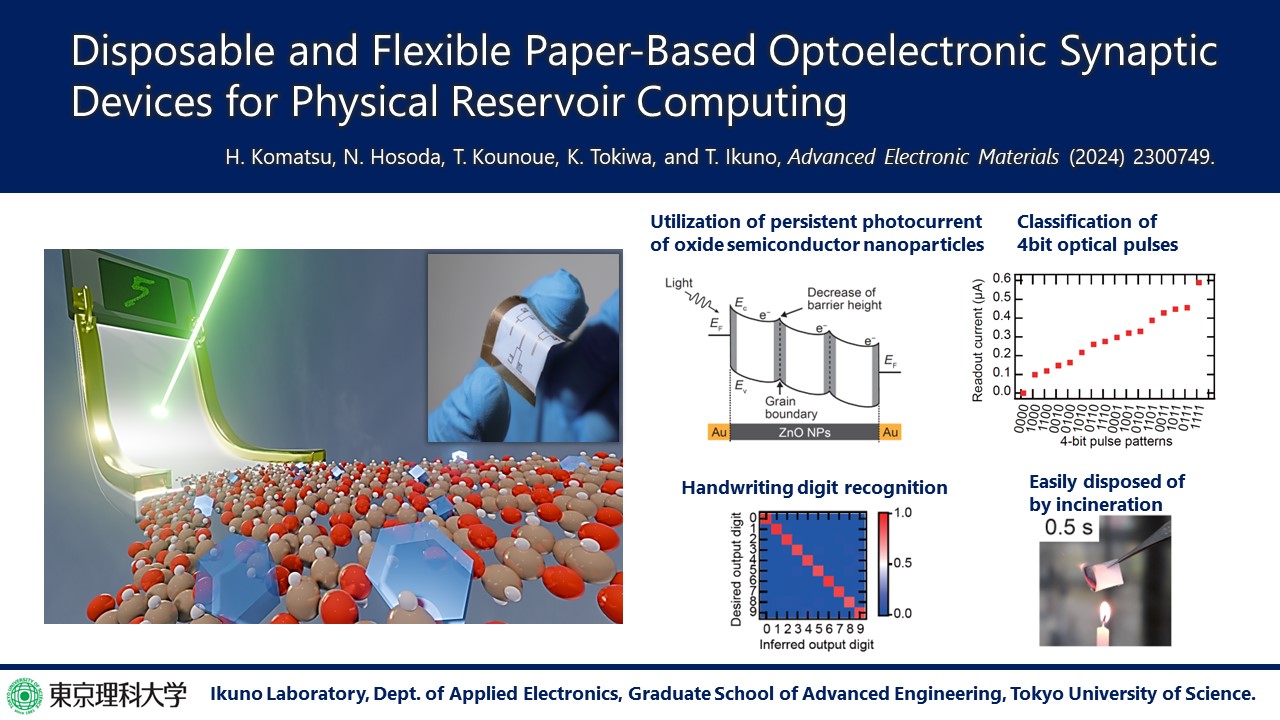Interdisciplinary collaboration has long been accepted as an indispensable element of modern university research. But only now are genuinely broad postgraduate – and even undergraduate – programmes taking off in many countries. The growing acceptance that employers will require graduates of all disciplines to be AI-literate is stimulating interest in breadth of study more generally. There is already evidence that graduates with interdisciplinary qualifications are commanding higher-than-average salaries.
Even bastions of single honours like Oxford University are beginning to move in this direction. Already offering a Physics and Philosophy degree, Oxford is introducing the Vice Chancellor’s Colloquium, an interdisciplinary programme of lectures, discussions and projects, initially focused on the climate crisis. Although a voluntary, extra-curricular programme, the Colloquium promises to develop students’ skills in data analysis, critical thinking and communication, culminating is summer internships for selected participants to continue working on their projects.
Oxford is by no means the first UK university to offer students a broader academic experience. University College London (UCL) has run its Arts and Sciences BASc for more than a decade and now has a dedicated department that enables students to shape their own degree programmes and incorporate internships, with the option of a year studying abroad. The University of Birmingham also has a sought-after Liberal Arts and Sciences degree, which has the option of a fourth year taken abroad or with a community organisation and/or a Year in Computer Science for students from non-computing disciplines to acquire in-depth knowledge.
The range of choices for applicants looking for a move away from the specialisation that has been the hallmark of UK higher education remains limited, however. While liberal arts degrees have boomed in recent years, few extend into science and technology. The exception is the London Interdisciplinary School (LIS), which will produce its first cohort of graduates this year. Based in two town houses in East London which once formed the headquarters of the Salvation Army, the LIS is tiny in comparison with its rivals in the university sector, with only 30 undergraduates in each cohort. But it is proving popular with students and continues to expand the scope of degrees at undergraduate and postgraduate levels.
Professor Carl Gombrich, the Dean of the LIS, who also launched UCL’s BASc in 2012, would like more undergraduates, but has set his target at a modest 200. He is convinced that interdisciplinarity is an idea whose time has come, and expects a rapid expansion in the number of degrees. “To address the world’s challenges, we must nurture people able to confront and tackle complex problems and future leaders who understand the arts, humanities and sciences,” he says.
At LIS, there are no formal entry requirements, although offers are still made in A-level grades and applicants must demonstrate at interview that they have the potential to reach degree standard across the academic spectrum. The intake is surprisingly diverse, with some from deprived backgrounds admitted without A-levels, while the majority come with top grades. There are few lectures and no examinations, most of the learning taking place in small groups and continuously assessed.
The curriculum is arranged in terms of societal problems, such as inequality, climate change or the ethics of AI, and examined through the lens of different subjects, such as neuroscience, computing and political economy. The aim is to integrate qualitative and quantitative methods to address real-world challenges.
“I am proud of the curriculum,” says Professor Gombrich. “I think we’ve been brave and on the whole it has worked. It is coherent and we are producing interesting research.” New themes such as migration and education are being considered as possible additions at undergraduate level, and there is a thriving programme of professional development, which is used by the National Health Service among other organisations.
Most of the undergraduates are British, a significant proportion transferring from more specialised degrees at other universities, paying lower fees than the international students who are keeping many UK universities afloat. But the EM Lyon business school has taken a 30 per cent stake in the institution, relaxing any immediate financial pressures. The LIS is launching its own Challenger MBA next year, as well as more short courses.
With high levels of student satisfaction and growing demand for places, Professor Gombrich thinks LIS is well placed to lead a trend away from specialisation that starts at school. “I think tenfold growth is possible nationally without impacting on present disciplines,” he says. “Young people are questioning more and more why they should study the same things as their parents and grandparents. Our A-level system is a busted flush. In most countries, you can’t give up maths until you leave university.”
The Netherlands has been Europe’s leading exponent of interdisciplinarity, with 10 liberal arts colleges, modelled on the US institutions and attached to universities. Utrecht was the country’s first university college, established in 1998 to offer broad study combining the liberal arts and sciences at degree level. Teaching in English, it now has around 750 students from 70 different countries. Students can design their own three-year programme with courses in one of the three departments: Science, Social Sciences and Humanities.
The Dutch colleges tend to have their own campuses, away from their parent universities. Leiden’s, for example, is based in the Hague, making use of its ministries and international organisations for a curriculum focusing on the global challenges of peace and justice, sustainability, prosperity and diversity. The Liberal Arts pioneer Hans Adriaansens famously explained: “If you throw Messi, Cruyff and me in a swimming pool, you will see that they won’t be able to play better soccer than me. And this is because a swimming pool is not the right place where they can show their talent.”
In other countries, however, interdisciplinary programmes are gradually being integrated into the main university system. To add to its liberal arts colleges, the US has seen the introduction of “mission led” degrees in a number of universities, and breadth of study has become an important topic in Indian higher education, where a number of universities and Indian Institutes of Technology now offer popular interdisciplinary programmes.
Research published in the Proceedings of the National Academy of Sciences (PNAS) confirmed that students who had been exposed to more interdisciplinary learning were earning more than their peers a year after graduation. But the five-strong international team led by Siqi Han, of the Chinese University of Hong Kong, found that many American universities and liberal arts colleges were claiming to be more interdisciplinary than they actually were. “That said, actual exposure to interdisciplinarity may provide college graduates with both superior cognitive and noncognitive capacities useful in making a living,” the researchers said in their article, ‘Interdisciplinary college curriculum and its labor market implications’. “This exposure matters more for science majors, where educational content indicates less interdisciplinarity overall.”
Read more articles like this from QS Insights Magazine, Issue 15.







